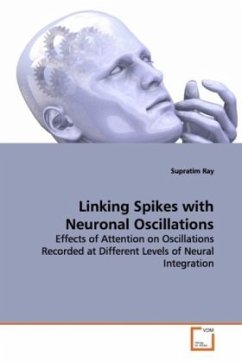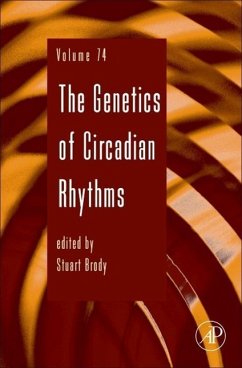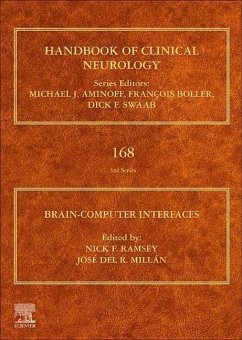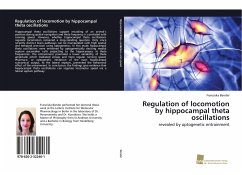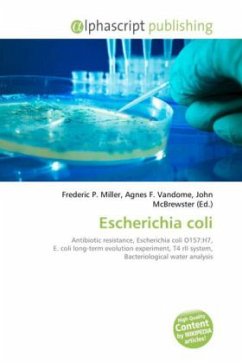
Min Oscillations in Escherichia Coli
Physical Aspects: Experiments and Theoretical Descriptions
Versandkostenfrei!
Versandfertig in 6-10 Tagen
45,99 €
inkl. MwSt.

PAYBACK Punkte
23 °P sammeln!
Over the last twenty years the dramatic growth offluorescence mycroscopy techniques and advances in microscopic manipulation of single molecules as DNA has been accompanied by the migration of a huge number of scientists, coming from the most different disciplines, toward the new "Eldorado" of the modern biological research. The work presented in this book reflects these recent developments in applying typical physics tools to the study of the bacterium Escherichia coli. This amazing 2.5 micrometer cell is for biological physicists equivalent to the hydrogen atom for atomic physicists. The Min...
Over the last twenty years the dramatic growth of
fluorescence mycroscopy techniques and advances in
microscopic manipulation of single molecules as DNA
has been accompanied by the migration of a huge
number of scientists, coming from the most different
disciplines, toward the new "Eldorado" of the modern
biological research. The work presented in this book
reflects these recent developments in applying
typical physics tools to the study of the bacterium
Escherichia coli. This amazing 2.5 micrometer cell
is for biological physicists equivalent to the
hydrogen atom for atomic physicists. The Min-proteins
play a decisive role in the correct
selection of the division site through pole-to-pole
oscillations. A quantitative study of such a
phenomenon is presented in this book. Important
physical quantities characterizing the system, such
as the in-vivo Min-protein mobility are measured,
then deterministic and probabilistic mathematical
models are proposed and discussed. Being limited on
a very specific subject and based on a PhD thesis,
this monograph is mainly, but not exclusively, aimed
to researchers and PhD students working in the field.
fluorescence mycroscopy techniques and advances in
microscopic manipulation of single molecules as DNA
has been accompanied by the migration of a huge
number of scientists, coming from the most different
disciplines, toward the new "Eldorado" of the modern
biological research. The work presented in this book
reflects these recent developments in applying
typical physics tools to the study of the bacterium
Escherichia coli. This amazing 2.5 micrometer cell
is for biological physicists equivalent to the
hydrogen atom for atomic physicists. The Min-proteins
play a decisive role in the correct
selection of the division site through pole-to-pole
oscillations. A quantitative study of such a
phenomenon is presented in this book. Important
physical quantities characterizing the system, such
as the in-vivo Min-protein mobility are measured,
then deterministic and probabilistic mathematical
models are proposed and discussed. Being limited on
a very specific subject and based on a PhD thesis,
this monograph is mainly, but not exclusively, aimed
to researchers and PhD students working in the field.



